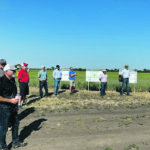Widespread regrowth called unprecedented as volunteer plants take advantage of late-season rain and unused fertilizer
Farmers are seeing a bumper crop of volunteer canola this fall on the heels of summer drought followed by late-season moisture. Many parched fields of harvested canola have been flooded with yellow blooming flowers from sprouting canola. “In a lot of cases where the rain came, the volunteer second growth did look better than the […] Read moreStories by William DeKay
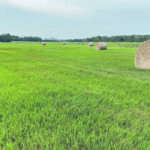
Eastern hay arrives on western Canadian farms
Prairie producers breathe easier as Canadian Federation of Agriculture’s Hay West program begins delivering the goods
Ken Overby is breathing easier. This week, the fifth and final trailer load of round bales was unloaded at his 400-head bison ranch near Inwood, Man. The 190 round bales are part of Hay West 2021, a relief program operated by the Canadian Federation of Agriculture that is working with farmers across Atlantic and Eastern […] Read more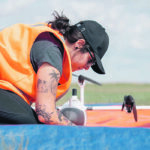
Ninety minutes of hang time helps build detailed files
New drone technology and LiDAR sensors create detailed maps of farm fields, allowing for broad scientific approach
The Ag in Motion Discovery Farm was recently used to fly the latest in state-of-the-art drone technology. It’s a remotely piloted aircraft system, which was recently added to Saskatchewan Polytechnic’s fleet of eight aircraft used for training and applied research. “We went to this newest platform with cutting edge light detection and ranging system that […] Read more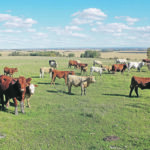
U of S launches forage expert search
The new research position will connect several disciplines, including soils, plants, animals, economics and ecosystems
The international search is on to fill a new Beef Industry Integrated Forage Management and Utilization Chair at the University of Saskatchewan. The long-awaited professorship is expected to be filled by next year’s growing season and will connect several disciplines at the university. The study of soils, plants, animals, economics and ecosystems will focus on […] Read more
Eastern hay arrives in the West
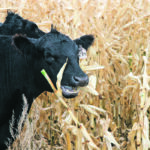
Corn grazing needs the right variety
A seed company says 90 to 95 percent of corn hybrids are bred to be combined rather than used as silage or grazing
Is your corn bred for the herd or the combine? That’s the question Tyler Russell of NorthStar Genetics asked during Ag in Motion’s Livestock Days, held at the Discovery Farm site near Langham, Sask., Aug. 20-21. “We find there’s a lot of corn bred for a combine or for a grain versus corn bred for […] Read more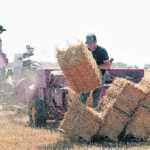
Farm family downsized to be more efficient
On the Farm: Couple say their imminent debt-free status and anticipated extra income will allow for creative thinking
QUILL LAKE, Sask. — It was a choice of getting bigger or getting more efficient. Dwight and Tanya Odelein decided the latter in 2012 by downsizing from 3,300 acres to 2,400 so they could manage all the labour on their grain farm by themselves. “It wasn’t easy to find hired men and Dad was starting […] Read more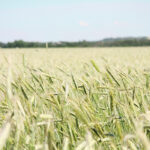
Hybrid rye varieties may offer new feeding opportunities
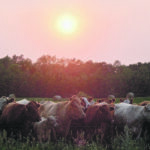
Genetics, feed help build top cows
Nutritional developments in the beef sector have evolved in step with producers’ genetic and mating decisions
Cows and race cars have something in common — their build and their inputs are part of a winning formula and optimum performance. “Making modifications to your car is like making genetic improvements to your cow. Make sure you are also putting in the right kind of fuel (nutrition),” said Kajal Devani, director of breed […] Read more